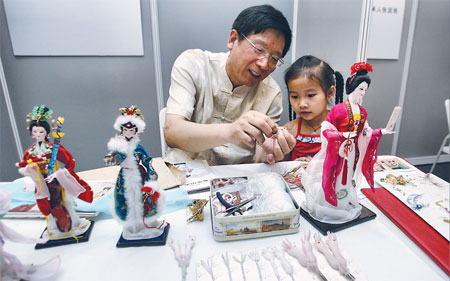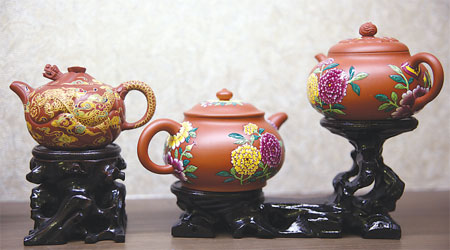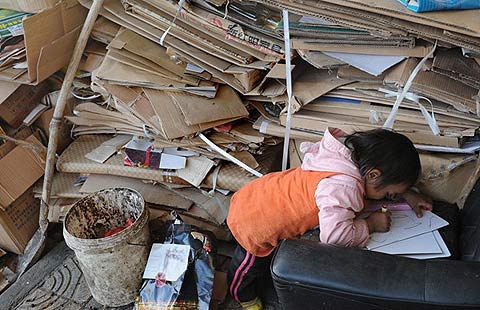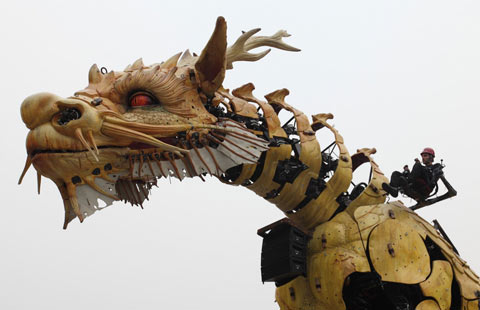Beyond what you see
Updated: 2014-11-10 09:26
By China Daily(China Daily)
|
|||||||||||
Exploring intangible culture can enrich any visit to the Middle Kingdom, China Daily reports.
As the capital of China almost uninterruptedly for about 800 years, Beijing has nurtured a reservoir of abundant cultural heritage.
While it's easy for visitors in this ancient city to see and marvel at the great historical architecture and the relics exhibited in museums, there is an equal richness in the collective memories embedded in intangible cultural heritage one can find all over the city.
When China established the first national intangible cultural heritage day in 2006, Beijing also launched a general survey to collect and share knowledge of these treasures reflecting the development of a city and people's lifestyles.
More than 12,000 items are contained in the survey, with a wide range of categories including folk dance, music and craftsmanship. The survey involves systematic audio and video recording of the items, as well as a 20-volume book on the project that introduces more than 3,000 items.
There are 108 items listed on the nation-level intangible cultural heritage list. Another 235 are inscribed as city-level items, and 43 more items are to be soon added to the list.
The list includes people as well: The city has registered 57 people as nation-level intangible cultural heritage inheritors, and 206 people are on the city-level list. The city's overall protective project on intangible cultural heritage covers 14 different departments under the municipal government, including the city's education bureau, culture bureau, and development and reform commission. The municipal protection center for the heritage was established in 2009, and each of Beijing's districts and counties has built lower-levels of the institution.
China's national law on intangible cultural heritage came into effect in 2011.
How to maintain sustainable development is a common issue for intangible cultural heritage protectors all over the country. Beijing's municipal government vows to keep promoting the combination of tourism with the intangible cultural heritage to encourage more involvement of companies - and to exploit the commercial potential of these traditions by designing tourism souvenirs with strong local characteristics. Other channels include the enhancement of training programs, establishment of a public fund for protection and stronger publicity in local communities.
|
Hua Shulin, a master of juanren, or silk doll, shows his skills to a young girl. |

|
Top and above: Beijing caici, or colored Beijing ceramics, carries on the Qing Dynasty's imperial ceramic tradition with delicate patterns. |
(China Daily 11/10/2014 page42)
Today's Top News
Beijing backs global multilateral trading system
China's exports rise 11.6% in Oct
Neighbors agree they’ll ‘gradually’ resume talks
Apple hits back at malware in China
China urged to contribute more to Asia-Pacific
China, Russia agree on military co-op
Faster pace set in bid to protect Internet
US, France cite concerns about Iran nuclear talks
Hot Topics
Lunar probe , China growth forecasts, Emission rules get tougher, China seen through 'colored lens', International board,
Editor's Picks

|

|

|
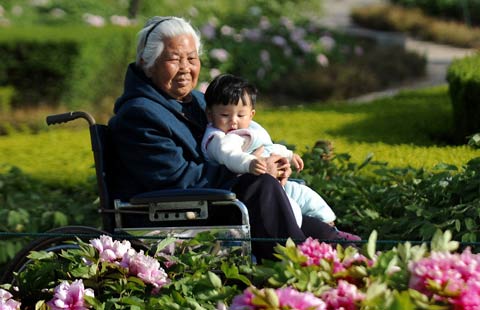
|

|

|
